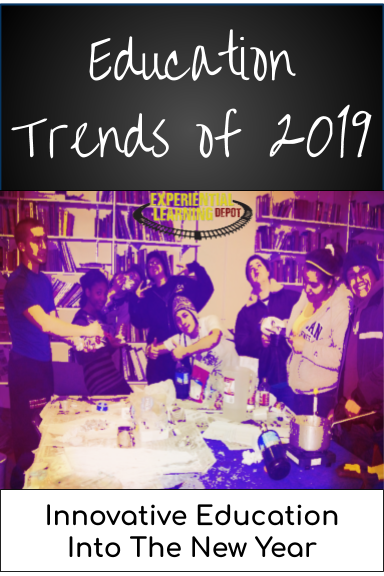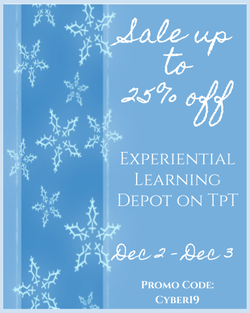|
I have been writing this blog for a little over one year. I have spent a lot energy in that time reading books on education, talking with educators, researching pedagogy, and simply observing common trends. This post includes trends that fit my philosophy.
2 Comments
|
Blog IntentTo provide innovative educational resources for educators, parents, and students, that go beyond lecture and worksheets. AuthorSara Segar, experiential life-science educator and advisor, curriculum writer, and mother of two. Categories
All
|




 RSS Feed
RSS Feed